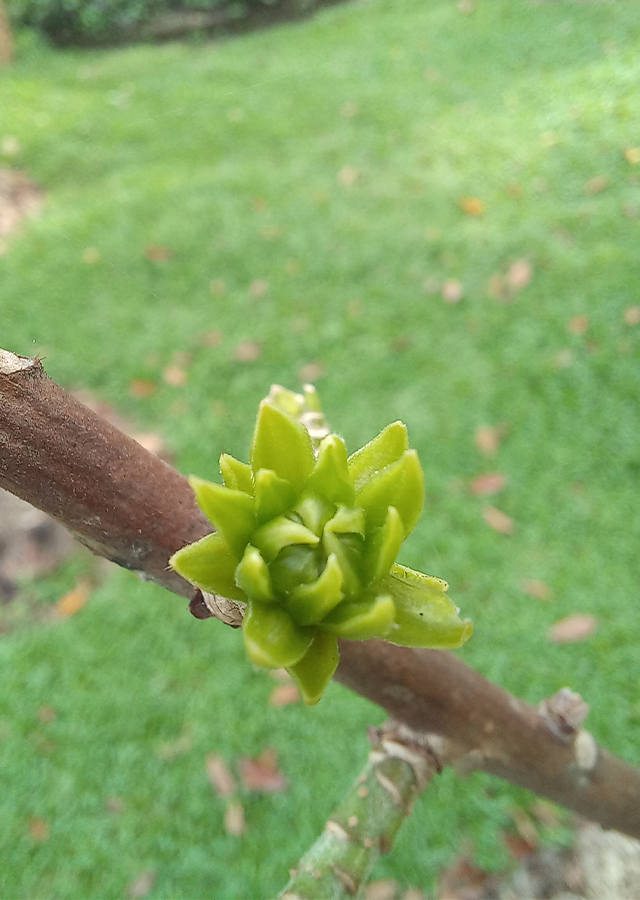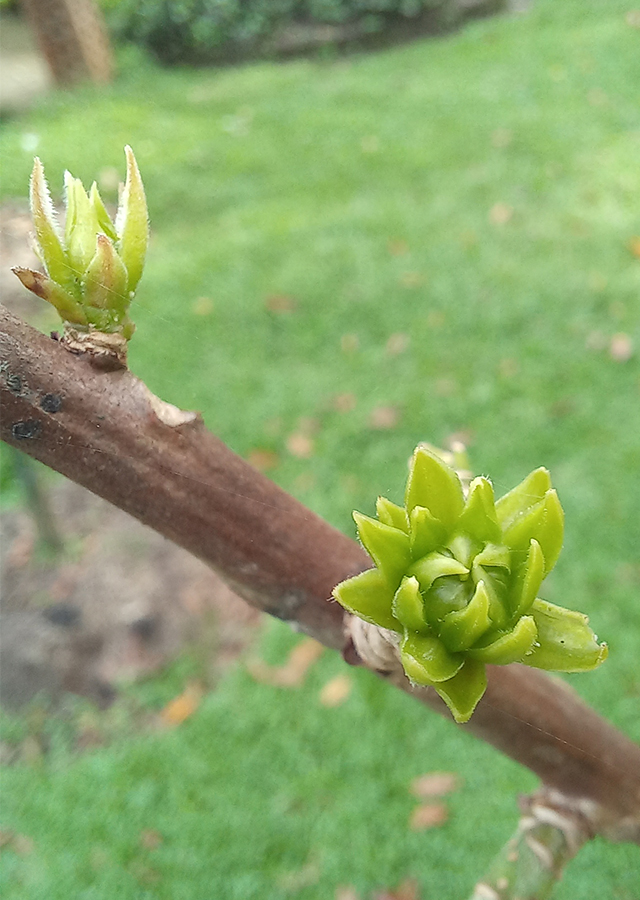Traditional Herbs from Couroupita guianensis
skin_disease
- Take enough leaves of the canon tree, wash them until clean.
- Grind them into a paste.
- Apply the paste to the skin.
tooth_ache
- Take enough young leaves of the canon tree, wash them until clean.
- Crush it into a paste.
- Put the leaf paste on the sore tooth area.
What is Couroupita guianensis Looks like??



Parts of Couroupita guianensis that could be used
- Leaves
- Bark
- Flowers
- Fruit
Couroupita guianensis Distribution
Couroupita guianensis or canon tree originates from the tropical regions of northern South America, especially the Amazon rainforest, and the southern Caribbean. Canon trees are also distributed in India and Thailand. In India, C. guianensis is considered a sacred tree. The flower has been proclaimed as the State Flower by the government of Puducherry, Union Territory of India. The flowers are also used in the worship of Lord Shiva and decorate many temples. C. guianensis is sometimes harvested from the wild for use locally as food, medicine and a source of ingredients. The leaves are used by the community as tobacco in powder form and the wood is used to make incense. The fragrant flowers have also been used in making perfume and cosmetics. Meanwhile, the hard shell of the fruit is sometimes used as a container. This plant is also often planted as an ornamental tree along highways and parks. However, the habitat of this plant has declined extensively due to land clearing for settlements, timber and agriculture, resulting in its population becoming threatened. In the IUCN Red List of Threatened Species (2013), this plant has been classified as a plant of 'Least Concern'.Agroecology of Couroupita guianensis
Canon trees are generally found growing in tropical rainforests, along the sides of rivers, and are also found in swamp areas at altitudes below 500 m above sea level in Peru. Prefers a sunny position, and grows well in moist to wet soil, rich in humus. Although this plant can also grow well in dry soil.
Morphology of Couroupita guianensis
- The cylindrical trunk,\u00a0appears larger due to the dense tangle of long (up to 3 m) hanging branches that emerge and cover the lower trunk, especially in older trees. Bark is greyish brown, fissured." ,"Leaves\u00a0alternate, obovate, up to 20 cm long, surface smooth to slightly velvety, leaf margins flat\u00a0to slightly serrated and hairy on the veins below.\u00a0
- Inflorescences are clustered, emerging from stems and other large branches. Flowers have a complex structure without nectar, each consisting of 6 large, fleshy petals. -waxy, red to orange on the inside and a tinge of yellow on the outside, a disc of short, yellow ringed stamens (which produce fertile pollen) arranged around reduced pistil stalk and stamens, and a pink-white stamen cap structure (which produces sterile pollen), the stamens are borne on the androphore, the stamen sheath\u00a0curved over the pistil. The flowers are very fragrant.
- Fruits are large round like balls, reddish brown in color, measuring 15 -\u00a024 cm, with a hard woody outer skin (shell), produced in groups, takes about 18 months to reach maturity. Each fruit contains 200 to 300 hairy seeds embedded in 6-segmented flesh. The flesh oxidizes from white to bluish green and gives off an unpleasant fermented aroma.\u00a0The top of the fruit will crack when it falls to the ground.
Cultivation of Couroupita guianensis
- Plant propagation via seeds or woody stem cuttings.
- Seeds: best sown as soon as possible after harvest, do not require pretreatment. Seedlings should be placed in individual containers when\u00a0height 6 - 10 cm and ready for planting when 7 month.
Couroupita guianensis, more details :
Chemical Content of Couroupita guianensisAliphatic hydrocarbons, stigmasterol, alkaloids, tannins, flavonoids (2',4'-dihydroxy-6'-methoxy-3',5'-dimethylchalcone, 7-hydroxy-5-methoxy-6,8-dimethylflavanone, and acids phenolic 4-hydroxybenzoate), isatin and indirubin, linalool, benzyl alcohol, terpineol, acid hexadecanoate, and cis and trans-furan linalool oxide, p-coumaric acid, o-coumaric acid, caffeic acid, and quercetin.
Benefits of Couroupita guianensis
Treats colds, toothache, stomach ache, malaria, tumors, hypertension, inflammation, skin diseases, disinfects wounds, treats pain and inflammatory disorders, expectorant for acute or chronic coughs and bronchitis, increases body immunity.
Simplisia of Couroupita guianensis
Another Facts for Couroupita guianensis :
Synonym of Couroupita guianensisCouroupita antillana� Miers, Lecythis bracteata� Willd., Pekea couroupita� Juss. ex DC.
Habitus of Couroupita guianensis
Tree. Large tree with a dense, oval crown, growing 8 - 30 m tall.
Habitat of Couroupita guianensis
- Riverside", "Forest", "Land
No comments:
Post a Comment